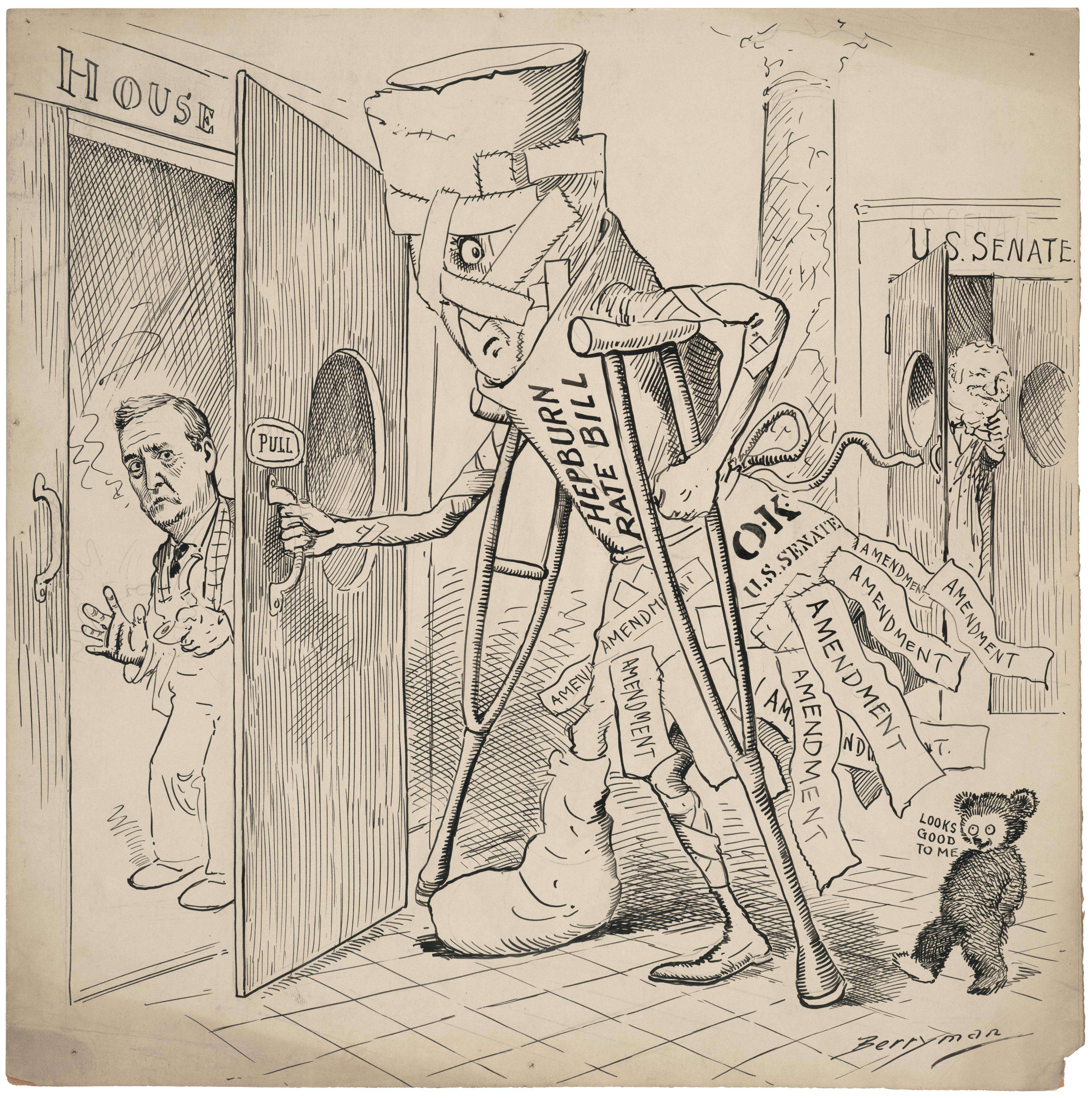The Legislative Process: Congress at Work
Finding a Sequence
All documents and text associated with this activity are printed below, followed by a worksheet for student responses.Introduction
You will learn about the steps of the legislative process by reviewing documents created or received by Congress at various points in history as it was considering new laws.Analyze each document to determine which of the 10 steps of the legislative process was taking place when the document was created. Drag each document to the appropriate box to arrange the documents in the proper sequence. Click Show Hints to reveal the title of each step. When you have finished, you will answer several questions about the legislative process.
Name:
Class:
Class:
Worksheet
The Legislative Process: Congress at Work
Finding a Sequence
Examine the documents in this activity. Put the corresponding document numbers in order using the list below. Write your conclusion response in the space provided.1
2
3
4
5
6
7
8
9
10
Hints for this Activity
- Desire for legislation is voiced
- Bill is introduced and referred to committee
- Committee collects testimony and information
- Committee reports to full chamber
- Floor debate
- Vote on bill
- Process is repeated in other chamber
- House and Senate bills are reconciled in conference
- Act is sent to President
- President signs act
1
Activity Element
S. 277, a Bill to Authorize the Establishment of the National African American Museum within the Smithsonian Institution
Page 1
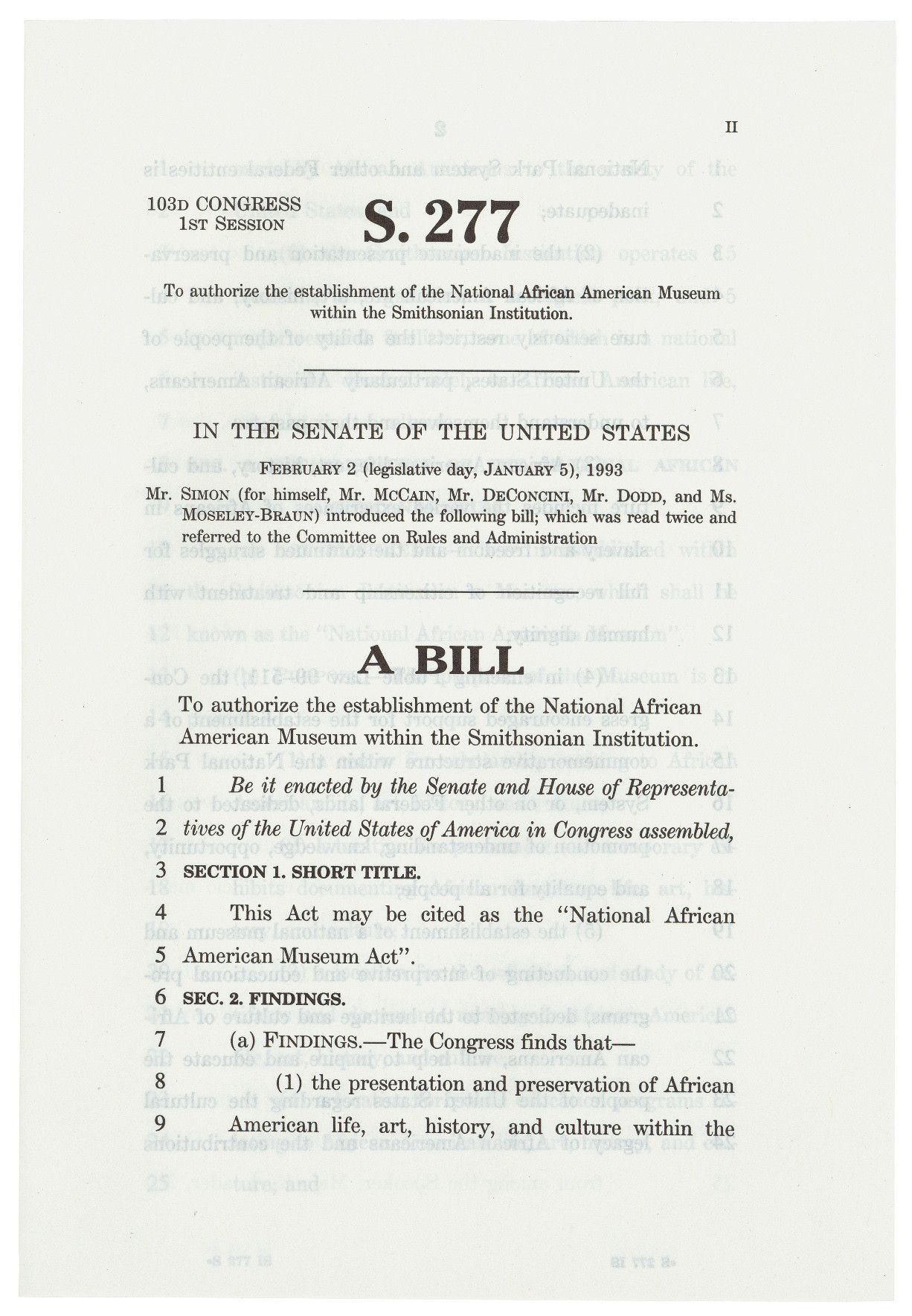
2
Activity Element
Congressional Record Showing Debate of the Voting Rights Act of 1965
Page 1
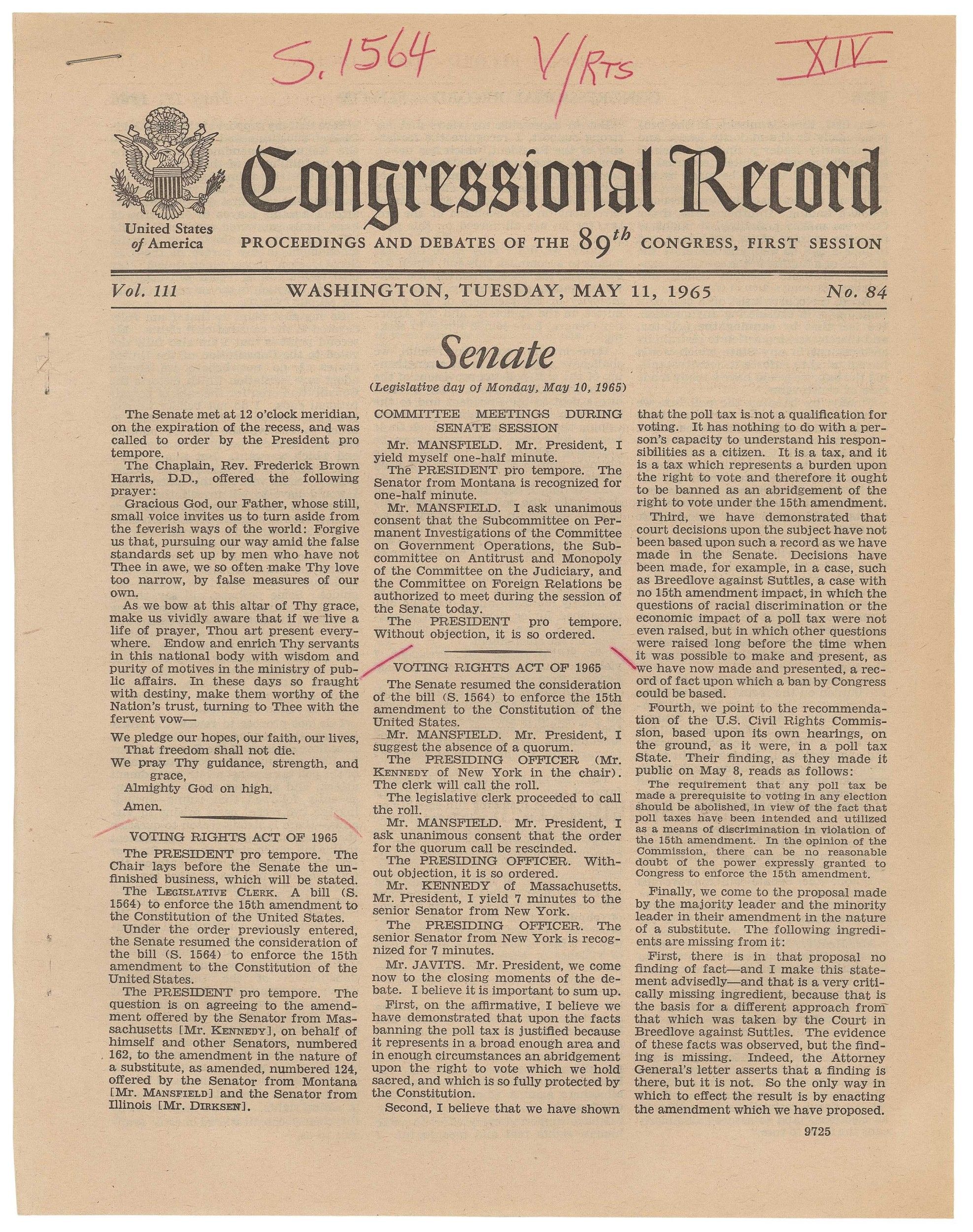
3
Activity Element
Untitled [Railroad Bill], cartoon by Clifford Berryman
Page 1
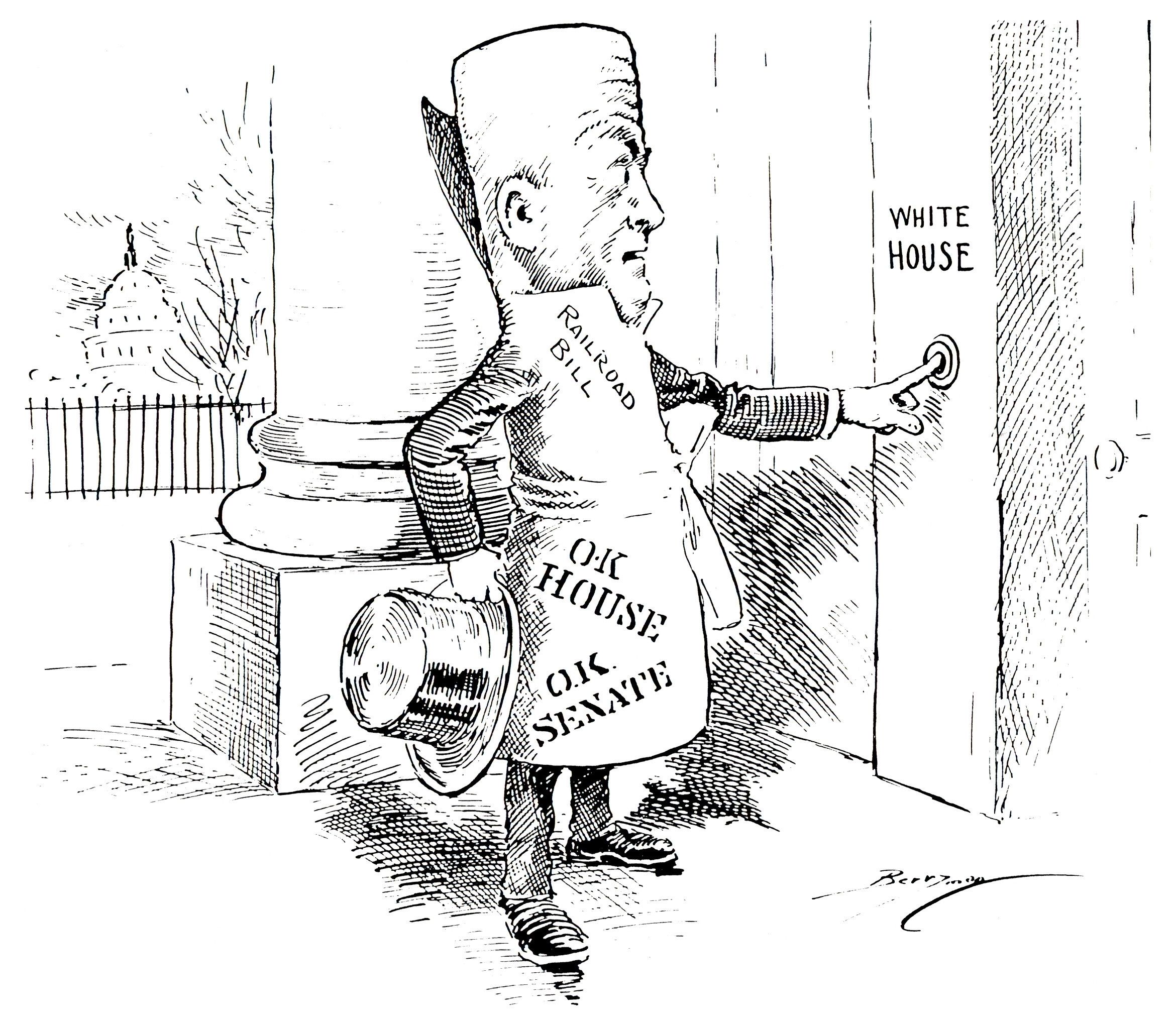
4
Activity Element
Minutes of the House Committee on Interstate and Foreign Commerce
Page 1
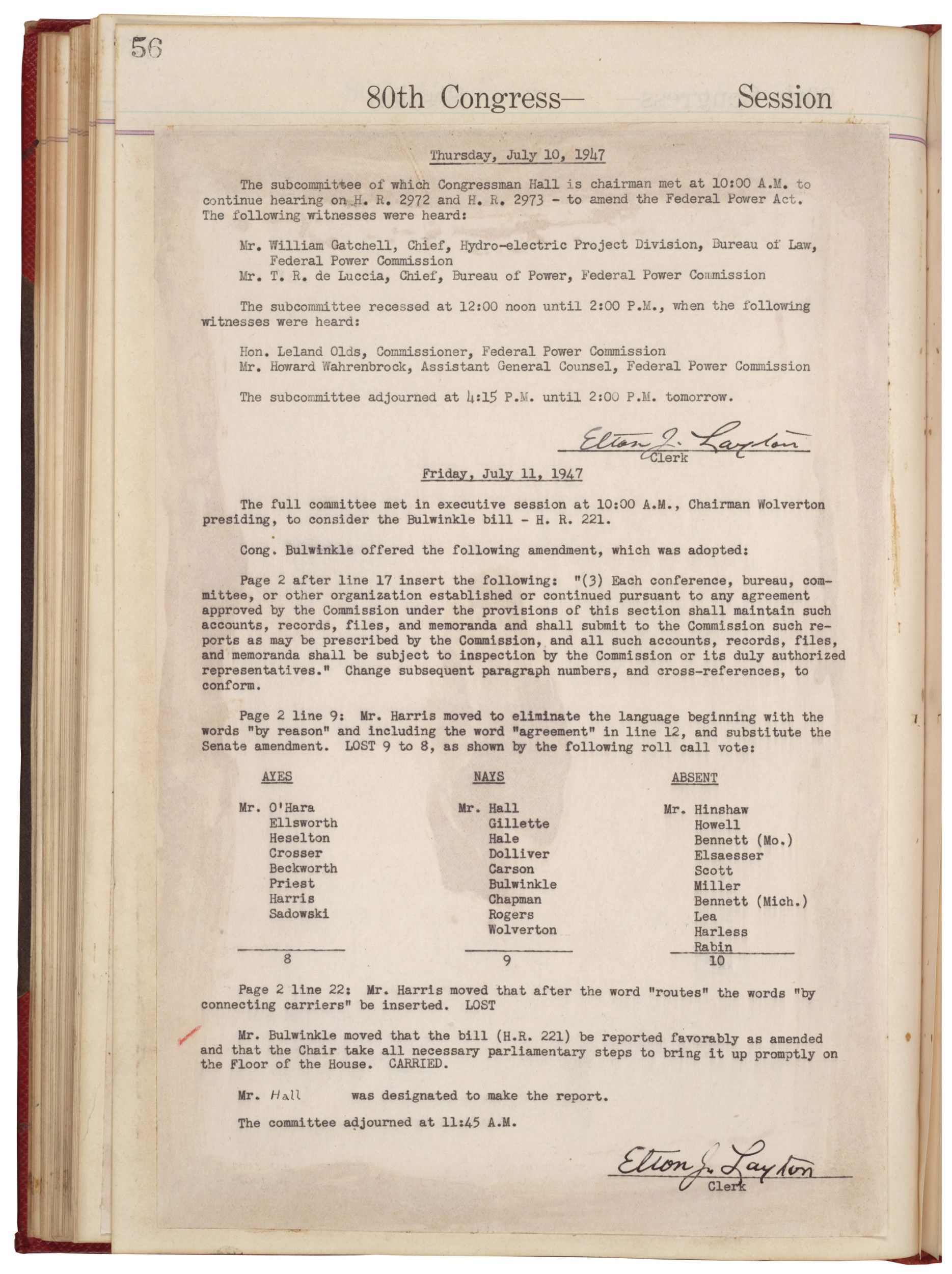
5
Activity Element
[Bill to Honor Veterans] House Resolution 7786 of the 83rd Congress
Page 1
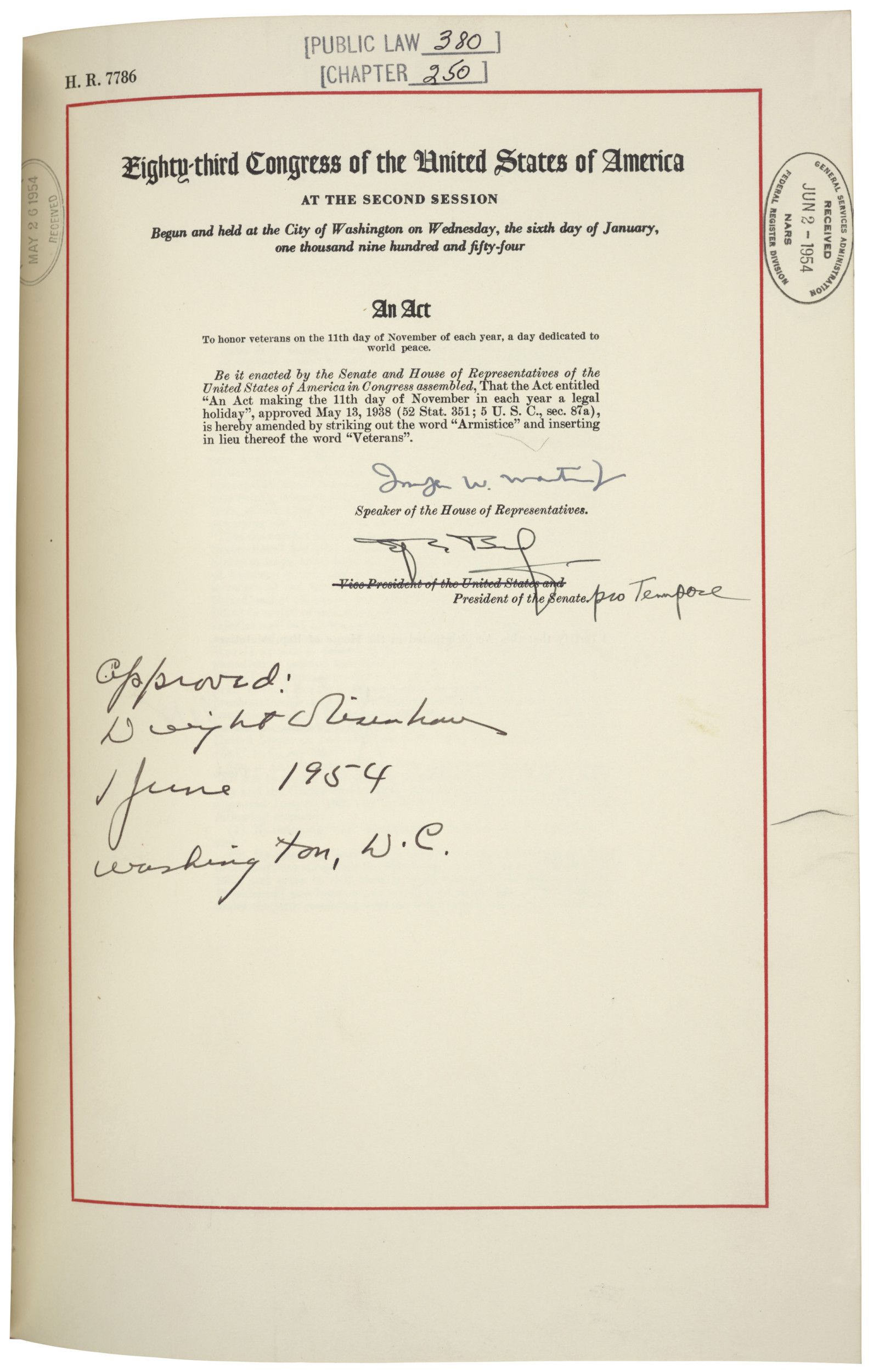
6
Activity Element
Untitled. [Hepburn Rate Bill]
Page 1
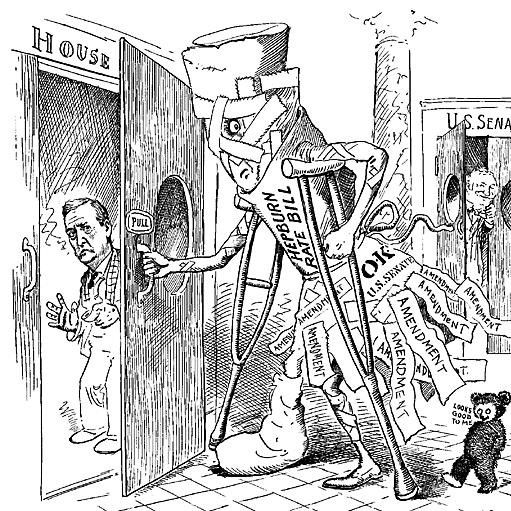
7
Activity Element
Petition from the citizens of New Jersey praying for Congress to make the act of lynching a crime against the United States
Page 1
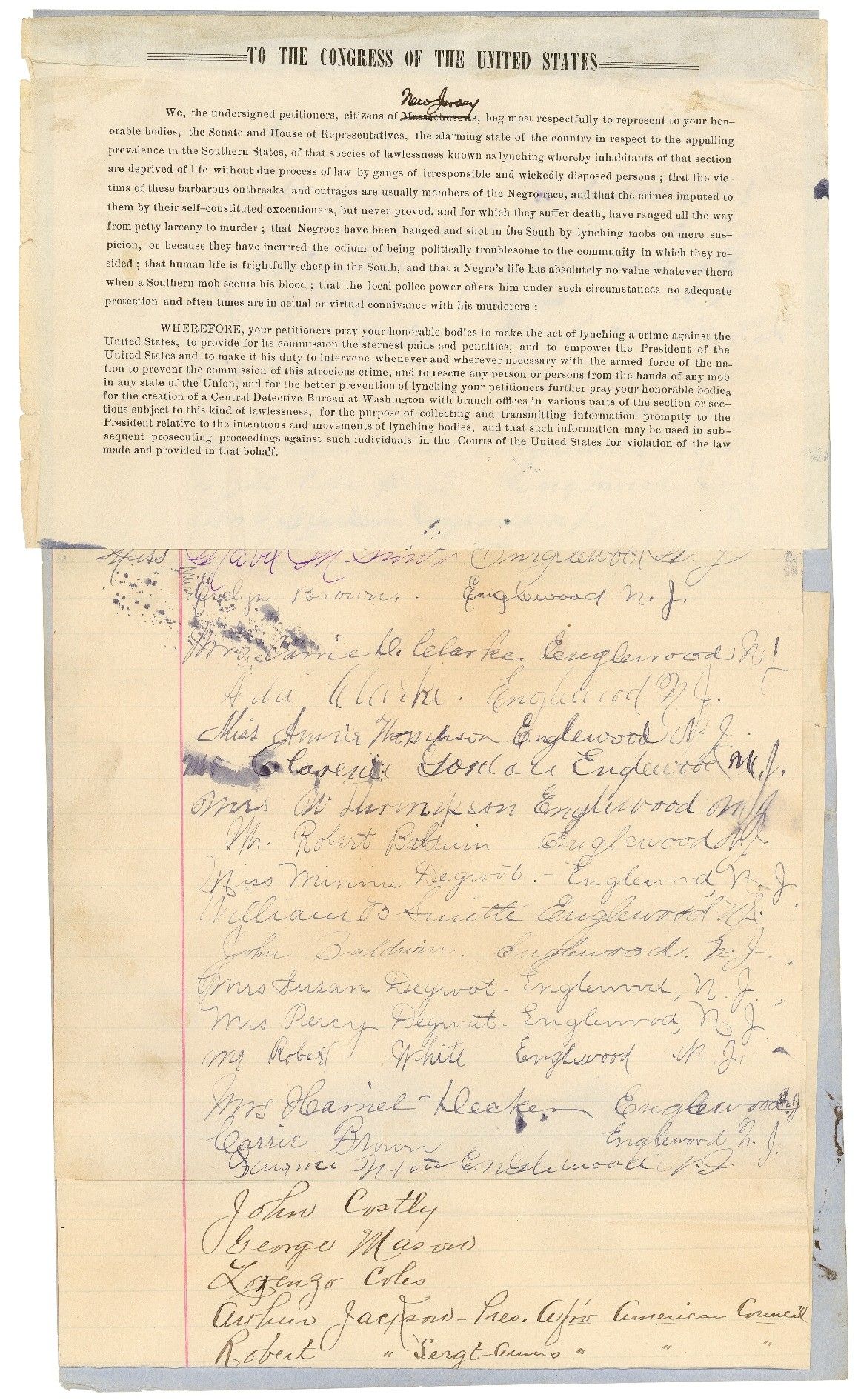
8
Activity Element
Endorsement Page of H.R. 3370 showing the Conference Process
Page 1
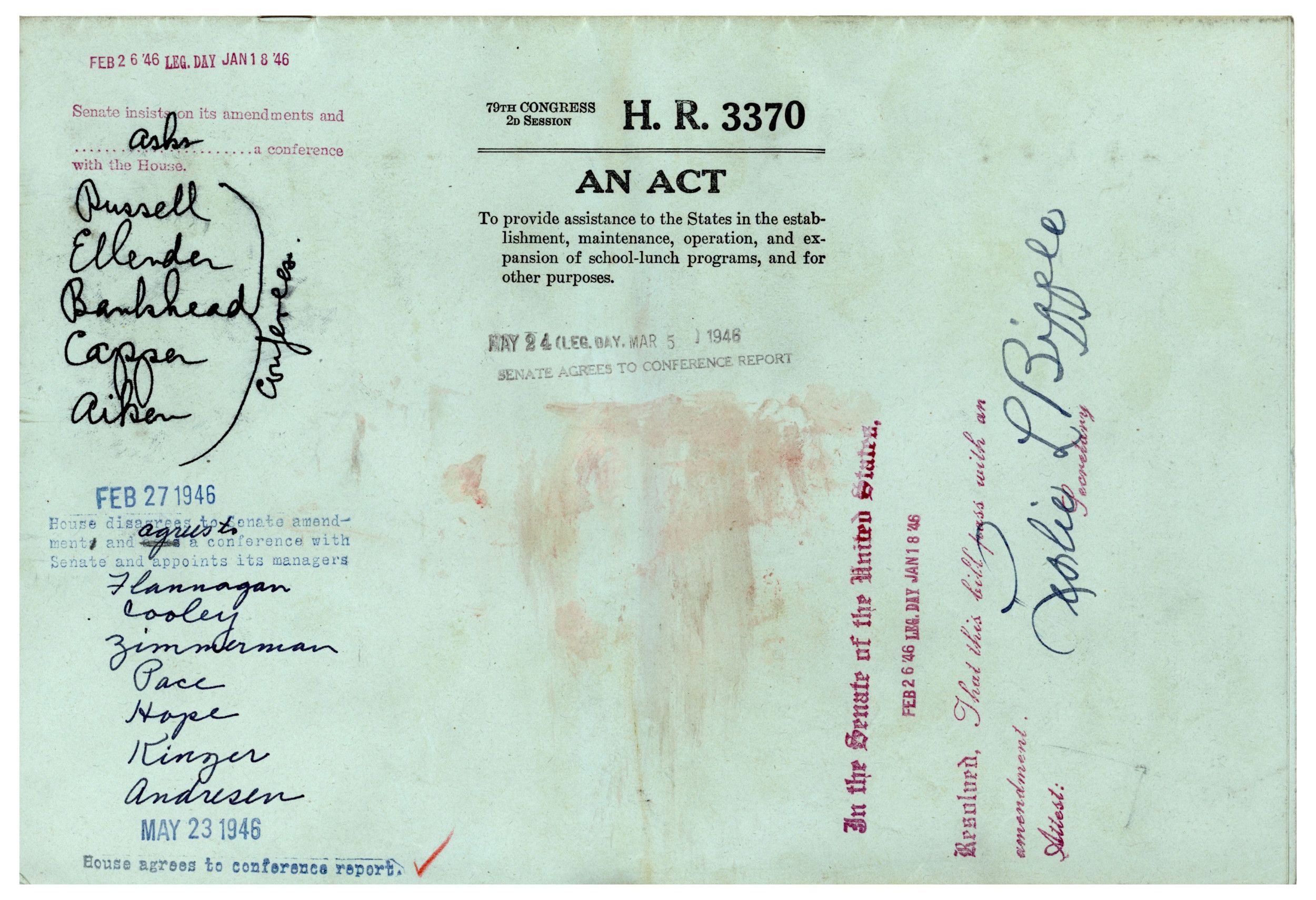
9
Activity Element
Roll Call Vote Tally on Senate Resolution 1564, the Voting Rights Act of 1965
Page 1

10
Activity Element
H. Rpt 1333, Report on Changing Armistice Day to Veterans Day
Page 1
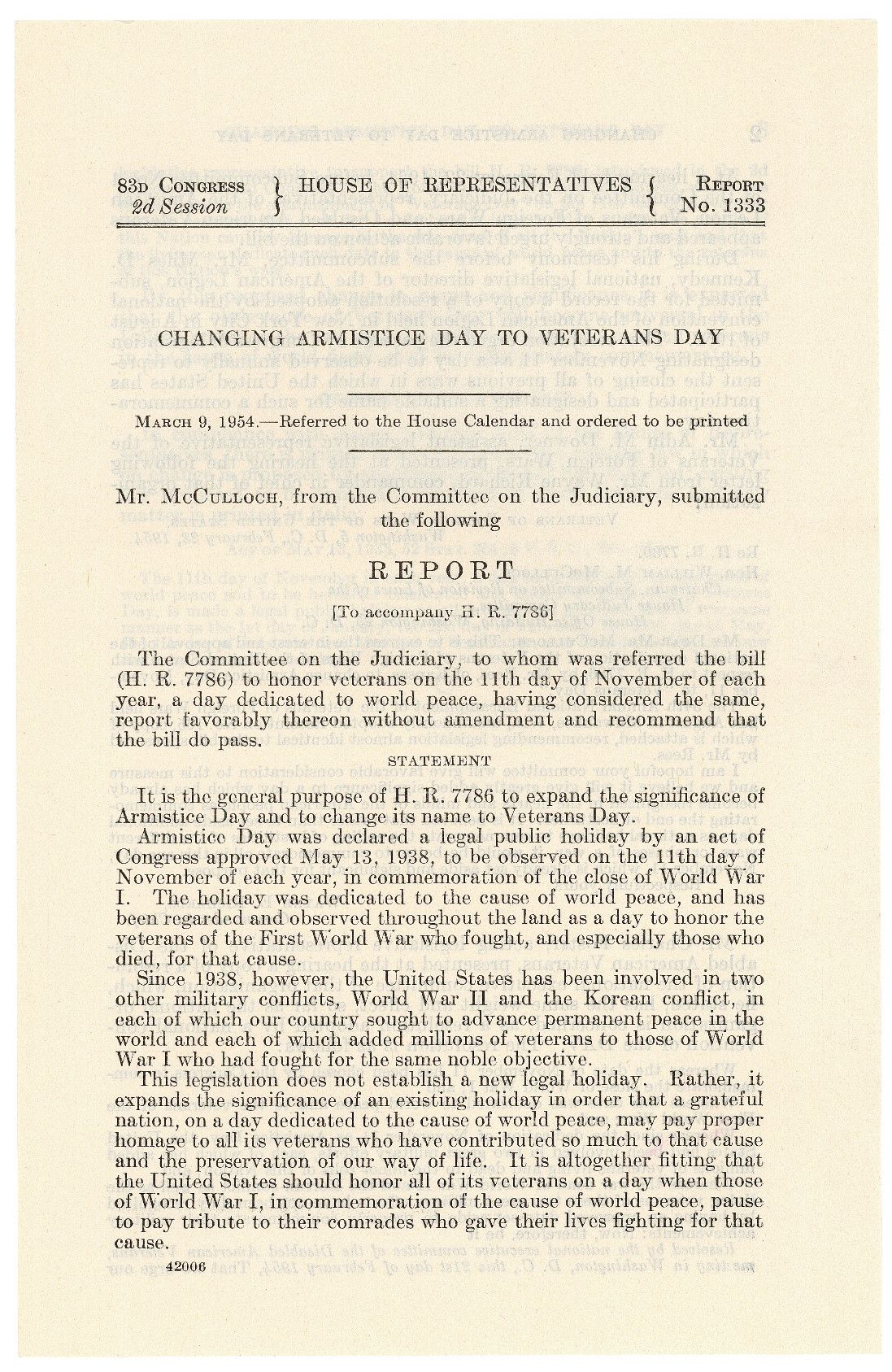
Conclusion
The Legislative Process: Congress at Work
Finding a Sequence
Answer the following questions and email your responses to your teacher.Every step of the legislative process allows voices to be heard.
- Which document best illustrates citizens participating in the legislative process? Why did you choose it?
- Which documents show multiple perspectives being voiced? Whose voices do you see?
- At which step of the process can elected officials best represent the interests of their constituents? Why?
Your Response
Document
Minutes of the House Committee on Interstate and Foreign Commerce
Page 1
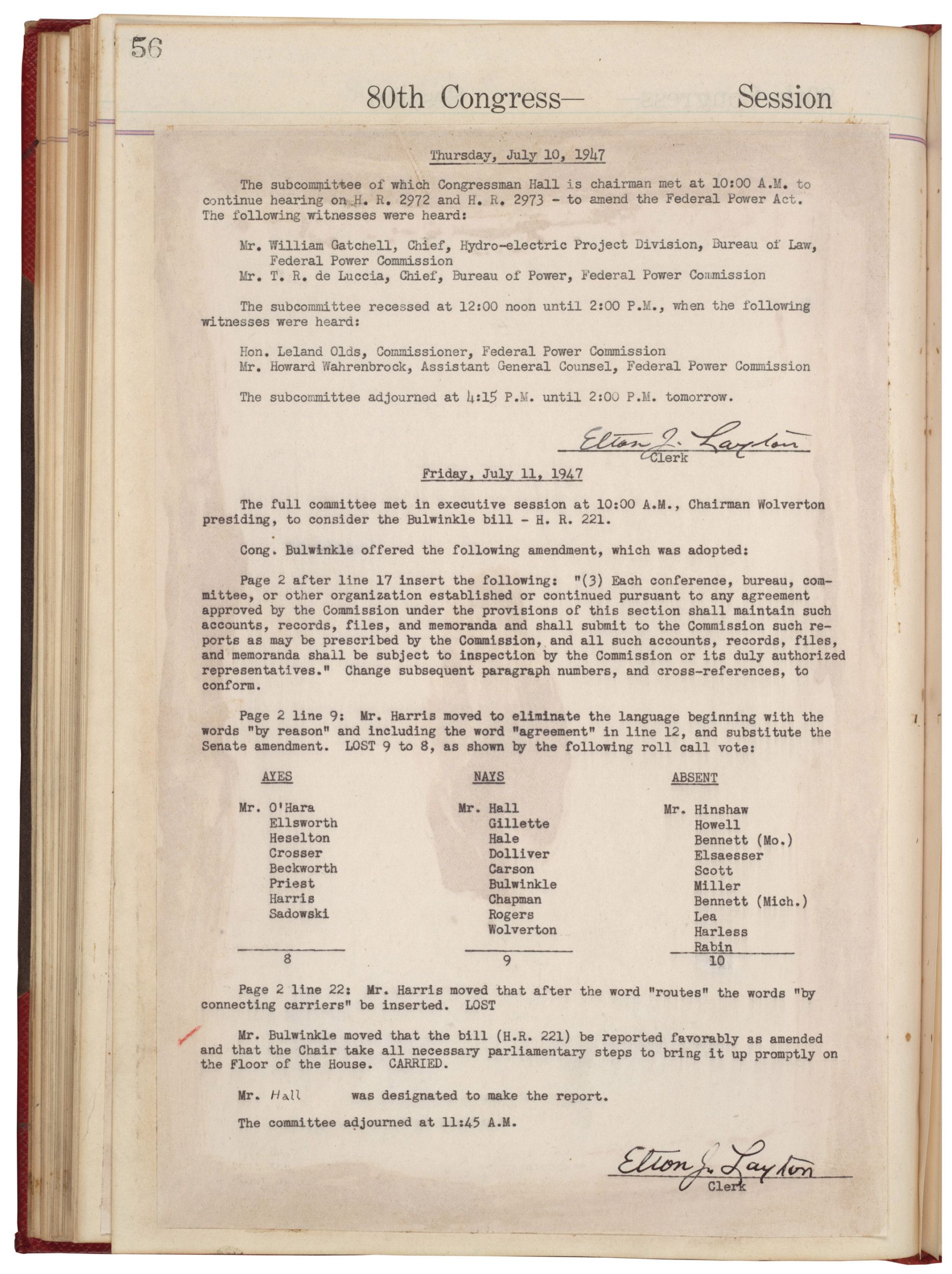
Document
Congressional Record Showing Debate of the Voting Rights Act of 1965
Page 1
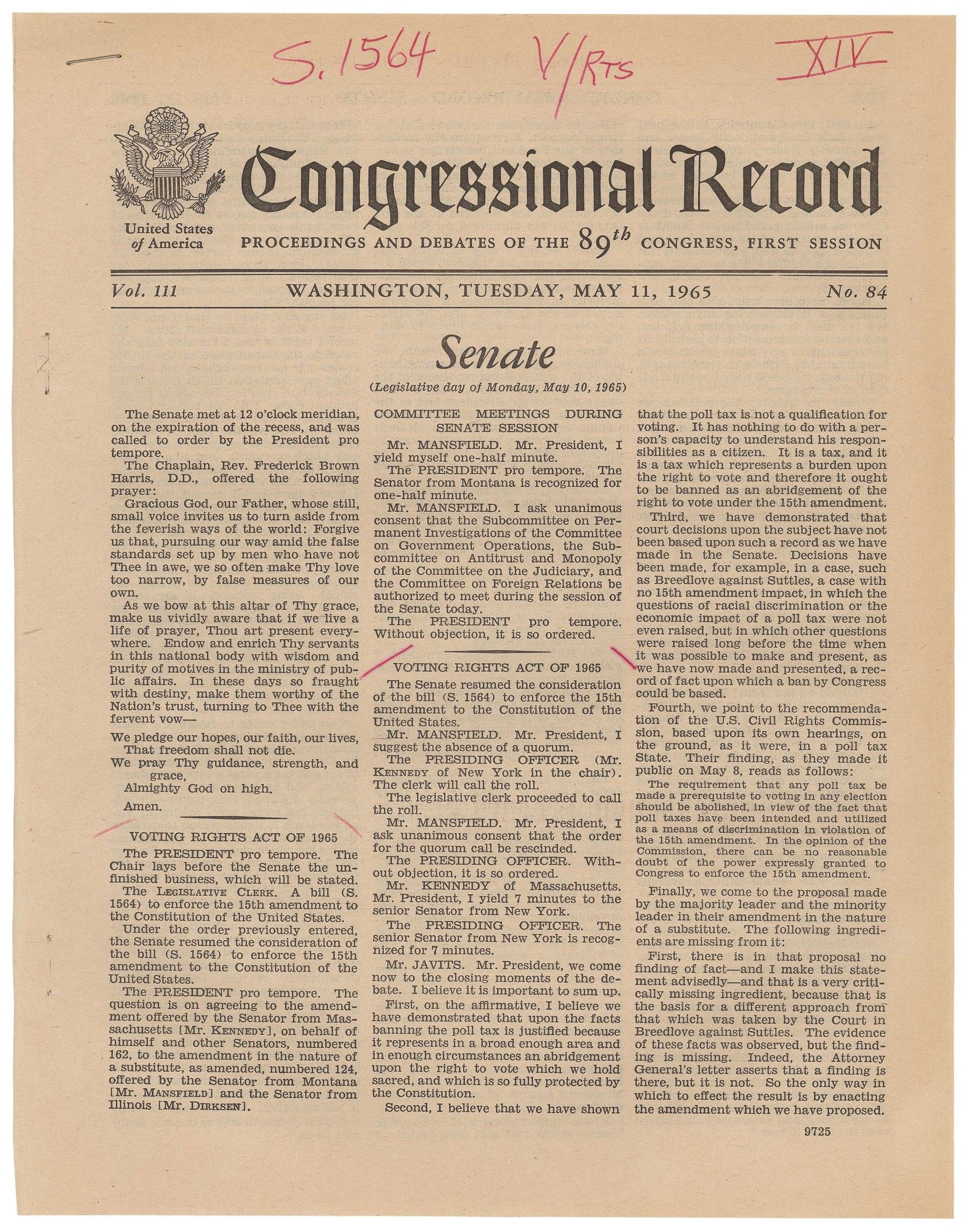
Document
H. Rpt 1333, Report on Changing Armistice Day to Veterans Day
Page 1
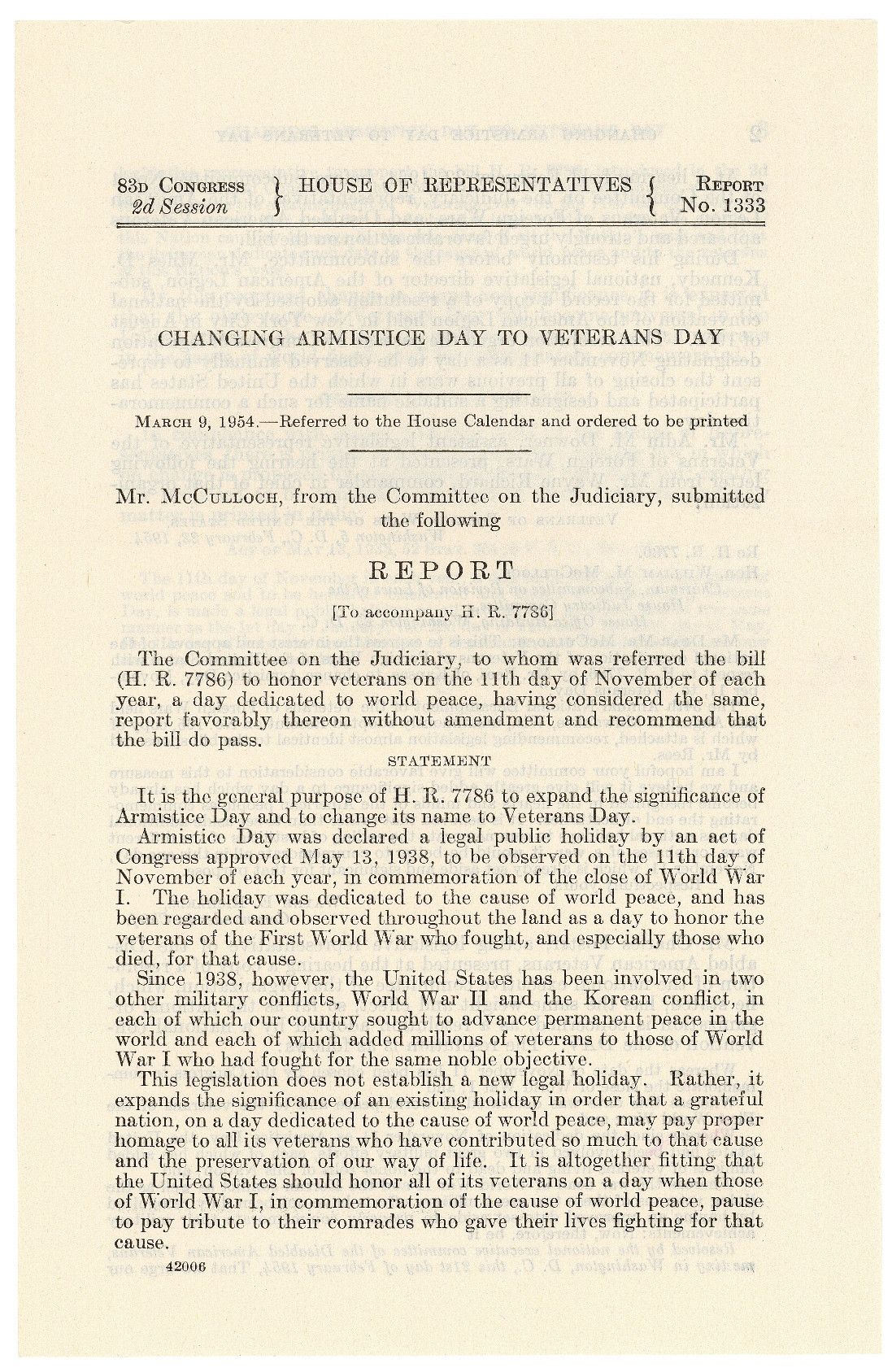
Document
Roll Call Vote Tally on Senate Resolution 1564, the Voting Rights Act of 1965
Page 1

Document
[Bill to Honor Veterans] House Resolution 7786 of the 83rd Congress
Page 1
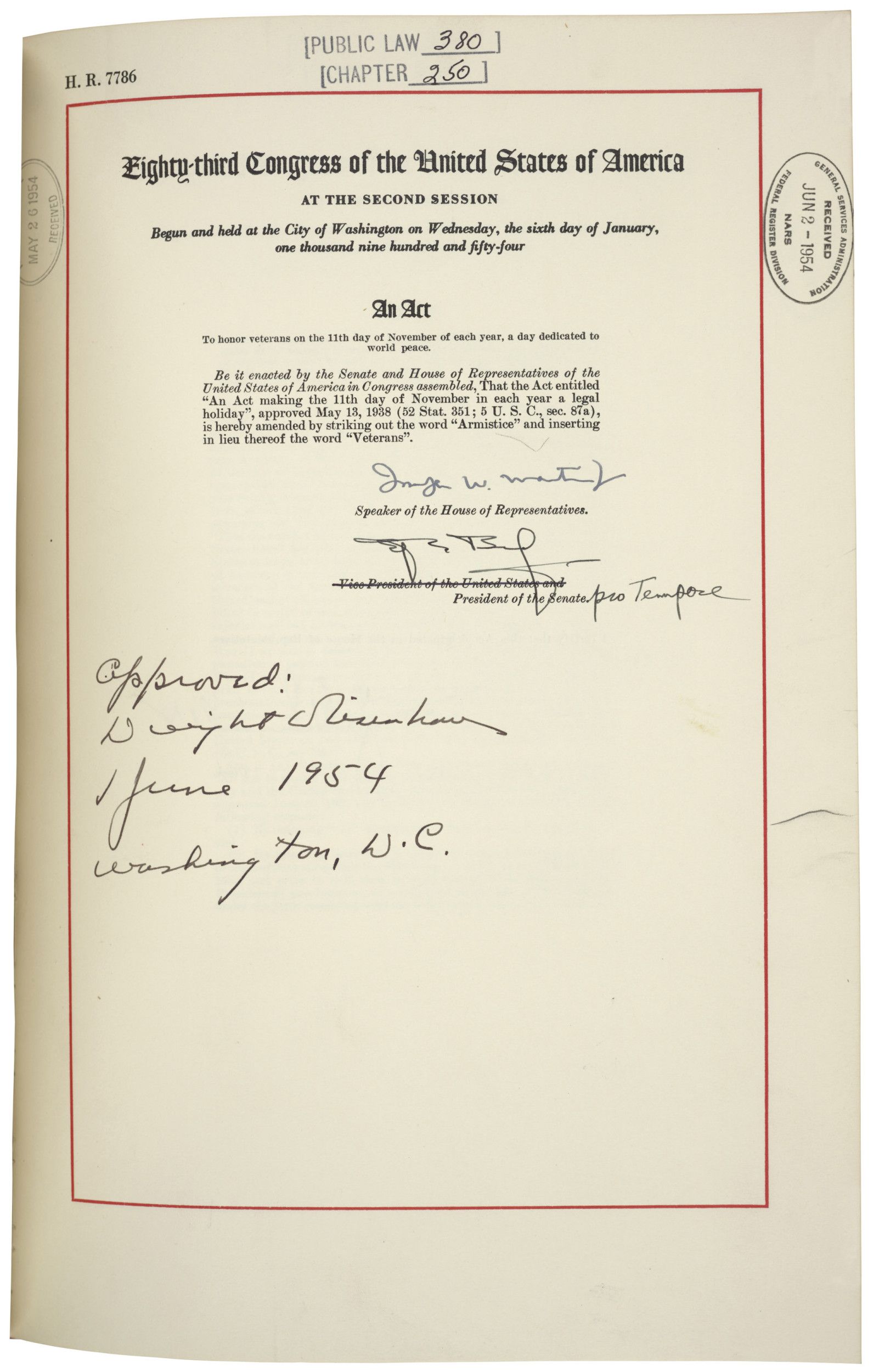
Document
Anyone Home?
Page 1

Document
Endorsement Page of H.R. 3370 showing the Conference Process
Page 1
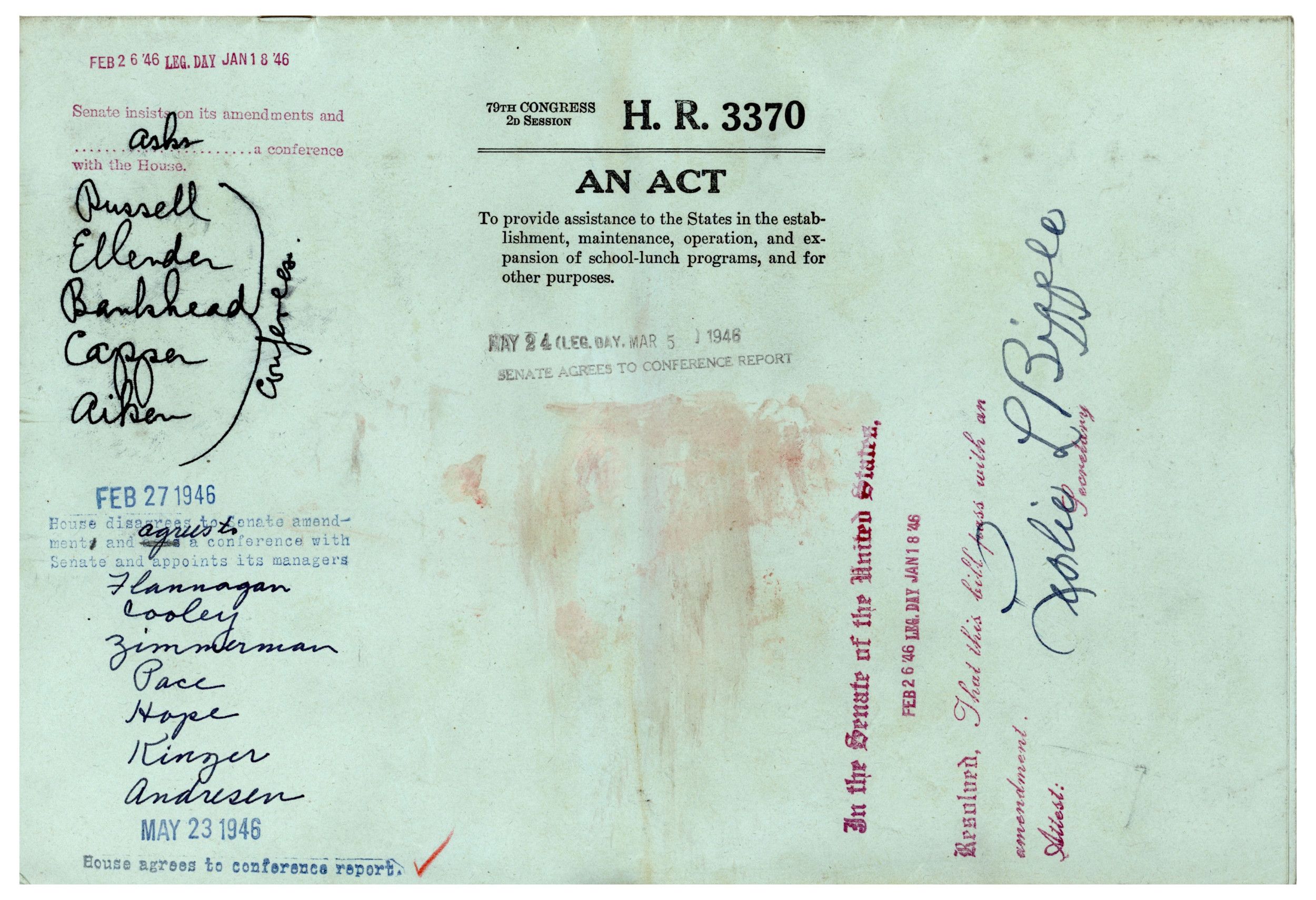
Document
S. 277, a Bill to Authorize the Establishment of the National African American Museum within the Smithsonian Institution
Page 1
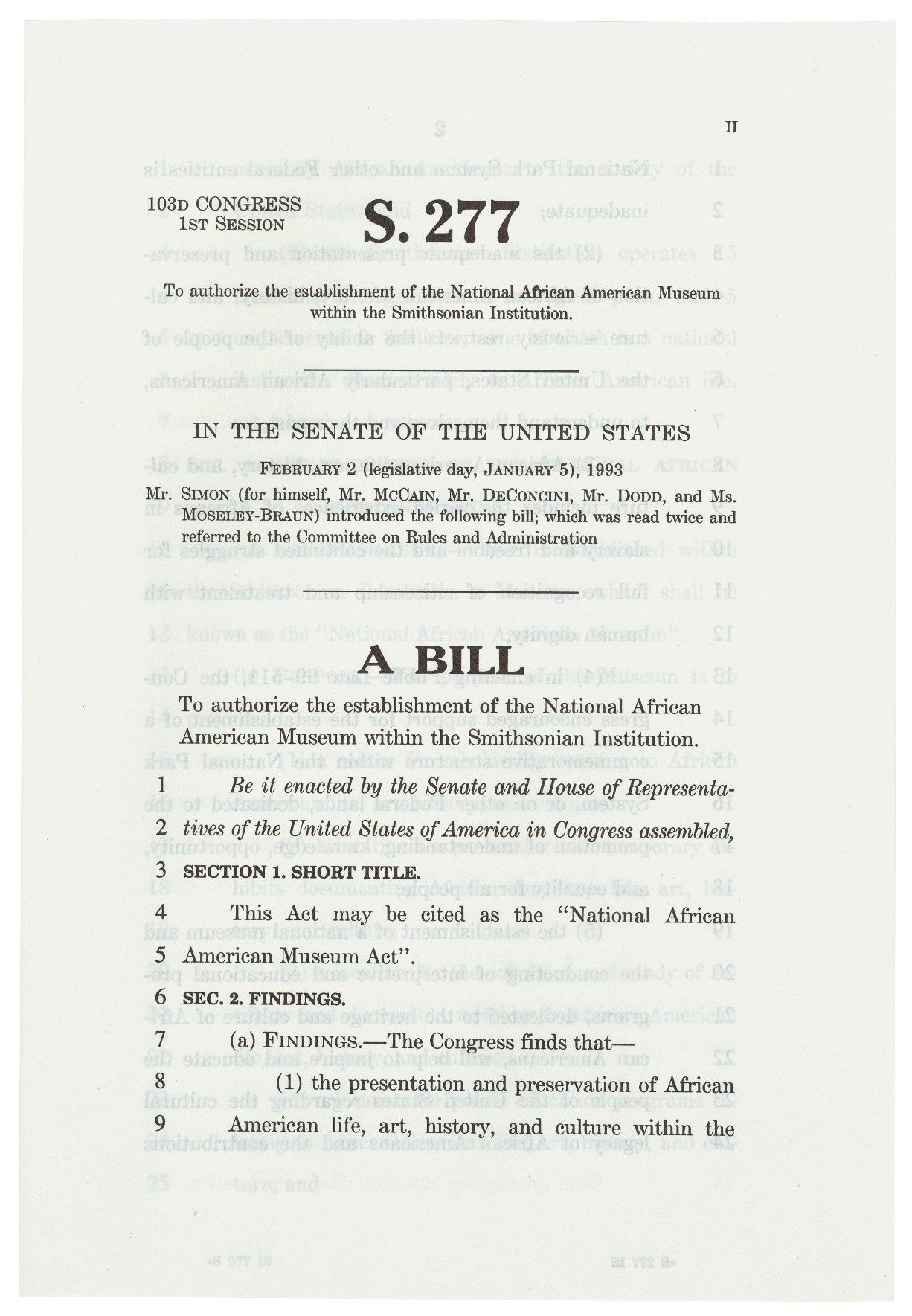
Document
Petition from the Citizens of New Jersey Praying for Congress to Make the Act of Lynching a Crime Against the United States
Page 1
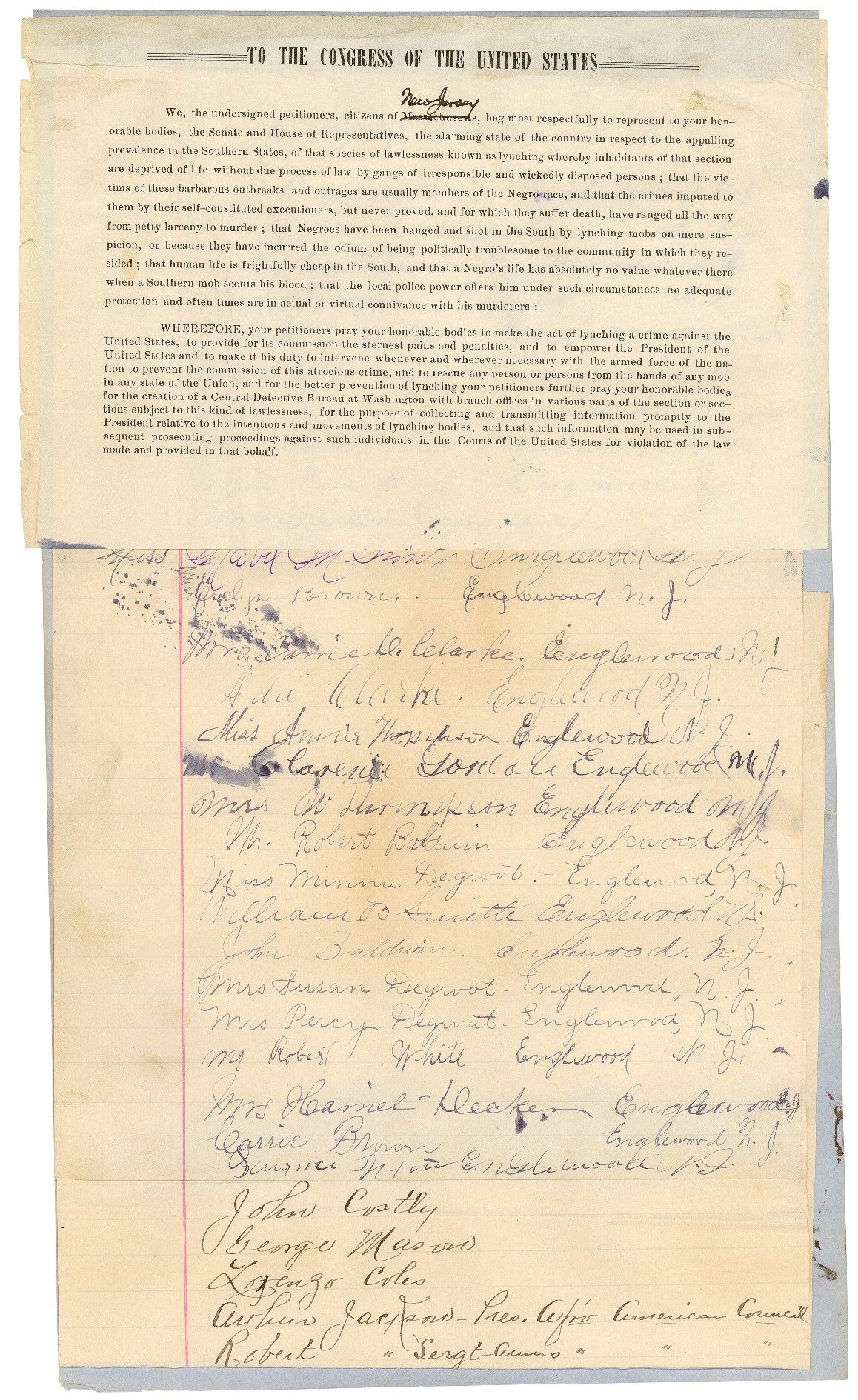
Document
Hepburn Rate Bill
Page 1
